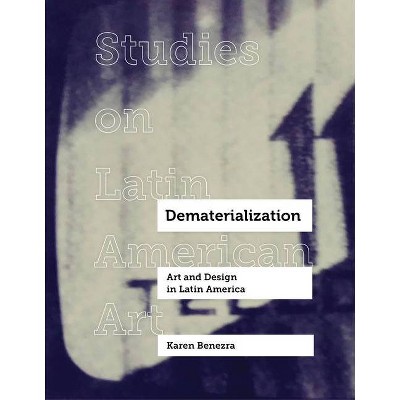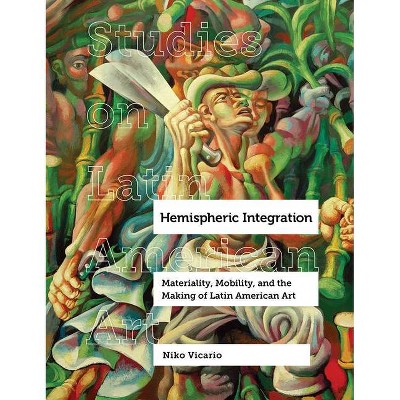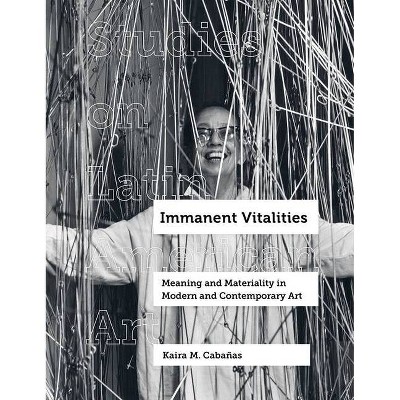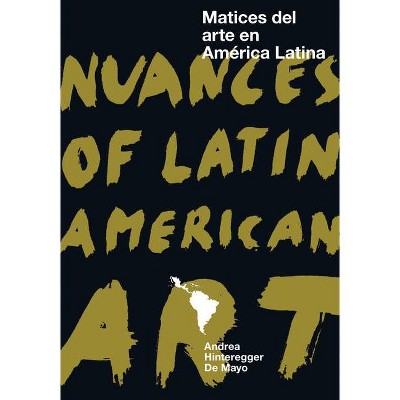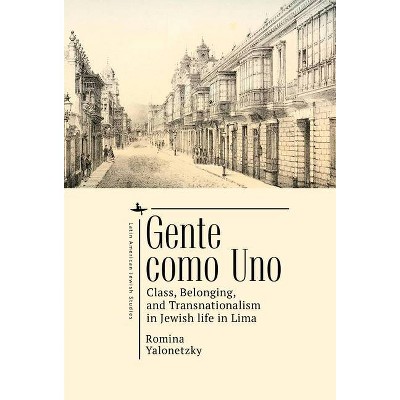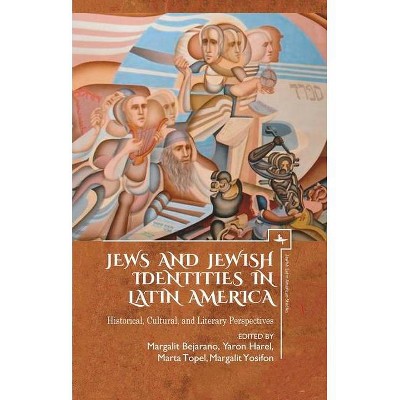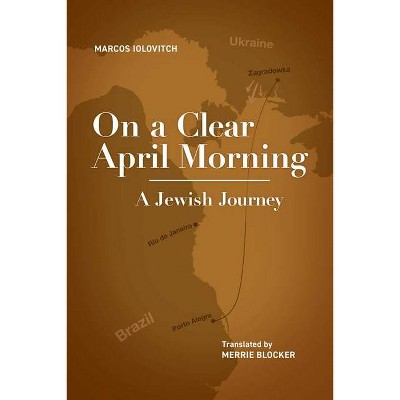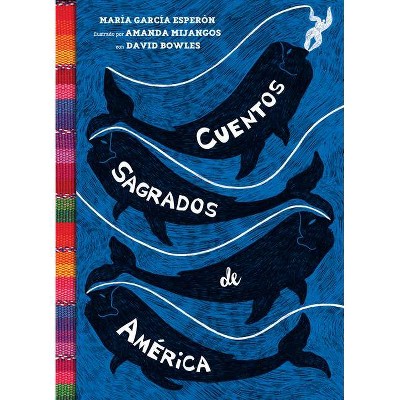Abstract Crossings - (Studies on Latin American Art) by María Amalia García (Hardcover)
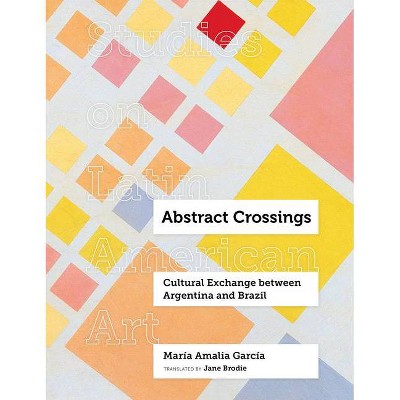
Similar Products
Products of same category from the store
AllProduct info
<p/><br></br><p><b> About the Book </b></p></br></br>"This book analyzes the relationship between, on the one hand, the emergence of abstract proposals in the framework of avant-garde groups and, on the other, the institutionalization and newfound hegemony of the abstract poetics as part of the region's imaginary of modernization. The author focuses mainly on Argentina and Brazil due to the constant and abundant artistic-institutional exchange between the two countries, and to the shared emphasis on abstraction, which was viewed as an active force in the project of sociocultural transformation that a range of sectors in both countries were advocating. Unlike earlier studies of the growth of abstraction, which have addressed it in a single nation, this book proposes a regional approach for the sake of a broader analysis of how abstract poetics took shape in a number of South American cities"--Provided by publisher.<p/><br></br><p><b> Book Synopsis </b></p></br></br>Toward the middle of the 1950s, abstract art became a dominant trend in the Latin American cultural scene. Many artists incorporated elements of abstraction into their rigorous artistic vocabularies, while at the same time, the representation of geometric lines and structures filtered into everyday life, appearing in textiles, posters, murals, and landscapes. The translation of a field-changing Spanish-language book, <i> Abstract Crossings</i> analyzes the relationship between, on the one hand, the emergence of abstract proposals in avant-garde groups and, on the other, the institutionalization and newfound hegemony of abstract poetics as part of Latin America's imaginary of modernization. A profusion of mid-century artistic institutional exchanges between Argentina and Brazil makes a study of the trajectories of abstraction in these two countries particularly valuable. Examining the work of artists such as Max Bill, Lygia Clark, Waldemar Cordeiro, and Tomás Maldonado, author María Amalia García rewrites the artistic history of the period and proposes a novel reading of the cultural dialogue between Argentina and Brazil. <p/> This is the first book in the new Studies on Latin American Art series, supported by a gift from the Institute for Studies on Latin American Art (ISLAA).<p/><br></br><p><b> From the Back Cover </b></p></br></br>"María Amalia García offers original and unique insights into the developments of abstraction in Argentina and Brazil in the mid-twentieth century. This book fills a gap that has long existed in connecting the art historical dots between developments in abstraction on both sides of the Atlantic, south and north. It is an essential reference and an erudite, elegantly written volume."--Edward J. Sullivan, Helen Gould Sheppard Professor in the History of Art, New York University <p/> "The originality of this rigorous research by García lies in the fact that it offers a history of Argentine and Brazilian abstract art in regional rather than national terms. Each of the highly documented case studies in the book builds on the thesis that modern art, in those countries, was not exclusively created from European referents but also from a history, hitherto invisible, of exchanges, dialogues, and contacts among artists, as well as relationships between local diplomacies. This book is fundamental reading for everyone interested in understanding the ideological and cultural context of the period."--Inés Katzenstein, Curator of Latin American Art and Director of the Patricia Phelps de Cisneros Research Institute for the Study of Art from Latin America, The Museum of Modern Art <p/> "Innovative and extraordinarily documented, <i>Abstract Crossings</i> breaks with the frames of national histories to propose a comparative and regional perspective. Magazines, links between artists, exhibitions, institutional exchanges, and diplomacy reveal the ties between Argentinian and Brazilian postwar art and architecture. <i>Abstract Crossings</i> introduces a new and essential historiography of the abstract art of South America."--Andrea Giunta, author of <i>Avant-Garde, Internationalism, and Politics: Argentine Art in the Sixties</i><p/><br></br><p><b> Review Quotes </b></p></br></br><br>"García's study serves as a model of the ways in which thoughtful and creative archival research can significantly alter the narratives we tell of both individual artists and larger movements. What this author builds from archival sources is a compelling story in which nationalism and internationalism are irrevocably intertwined, and the most genuine desire for the latter can be made to serve the former. It thus presents South American concretism as both an avant-garde project and a tool of cultural politics and argues that the line between the two is not easily fixed."-- "Art Journal"<br><p/><br></br><p><b> About the Author </b></p></br></br><b>María Amalia García</b> is a researcher in Argentina's National Scientific and Technical Research Council (CONICET) at TAREA-Cultural Patrimony Research Institute, National University of San Martín. She teaches art history at the University of Buenos Aires.
Price History
Price Archive shows prices from various stores, lets you see history and find the cheapest. There is no actual sale on the website. For all support, inquiry and suggestion messages communication@pricearchive.us
